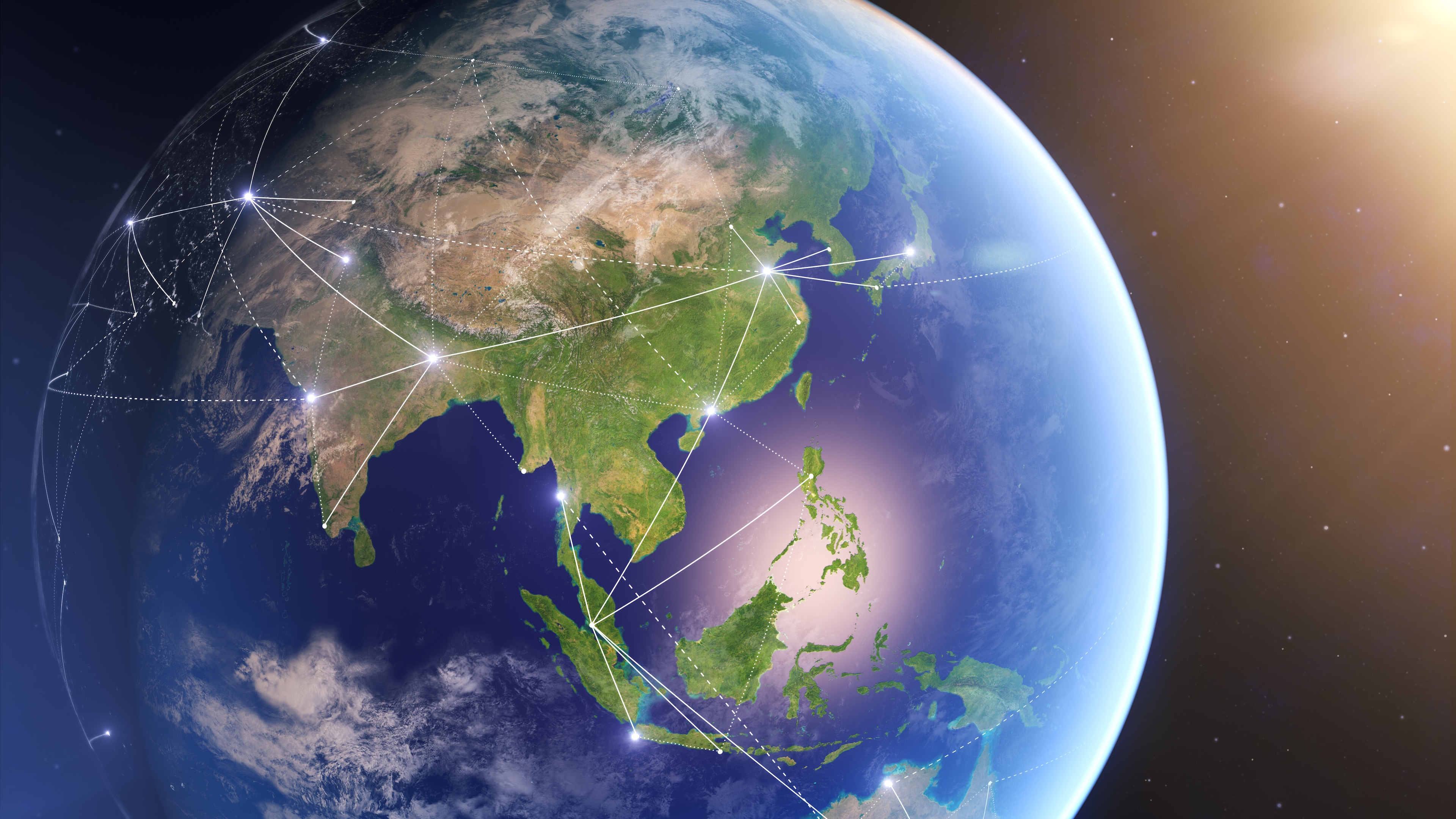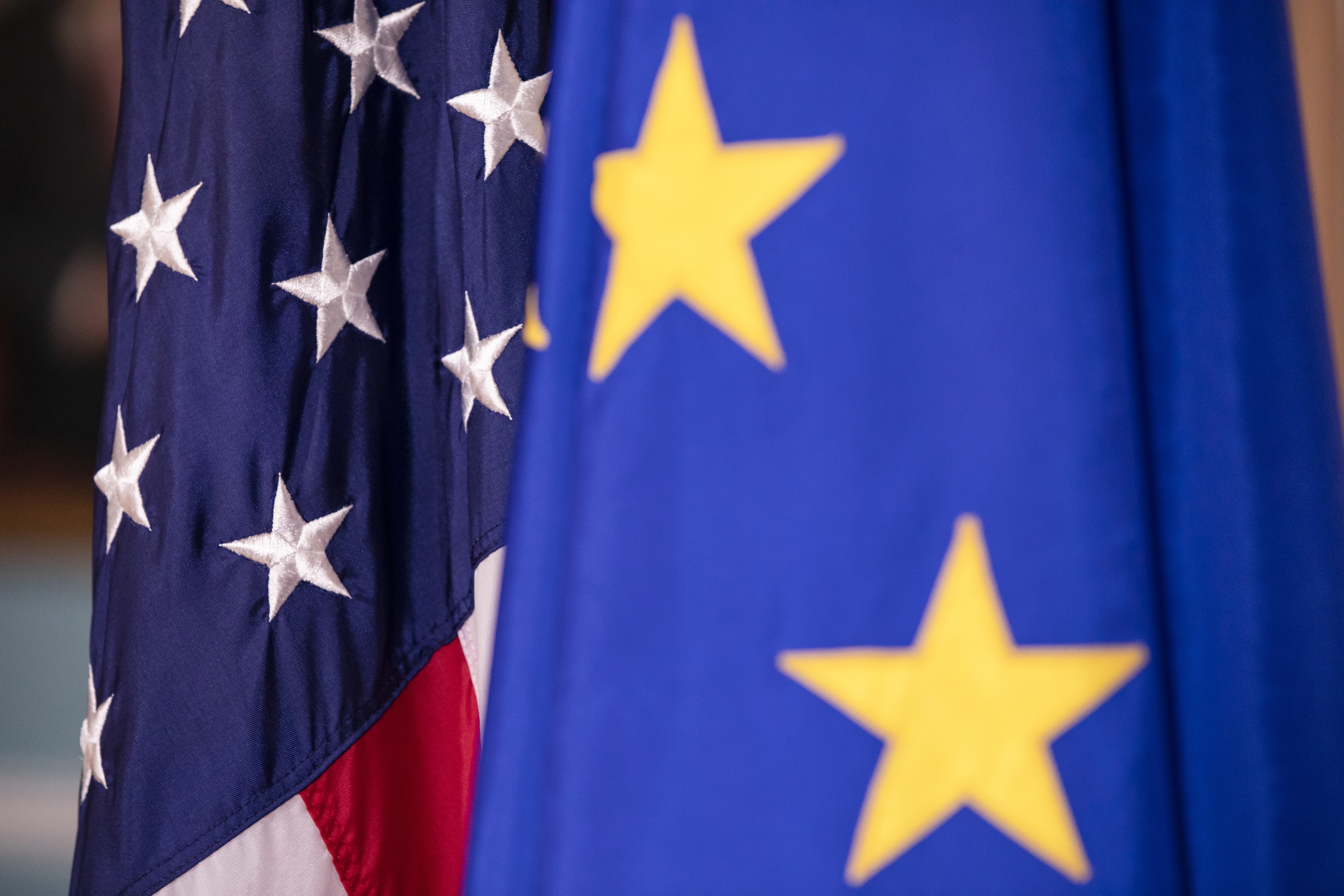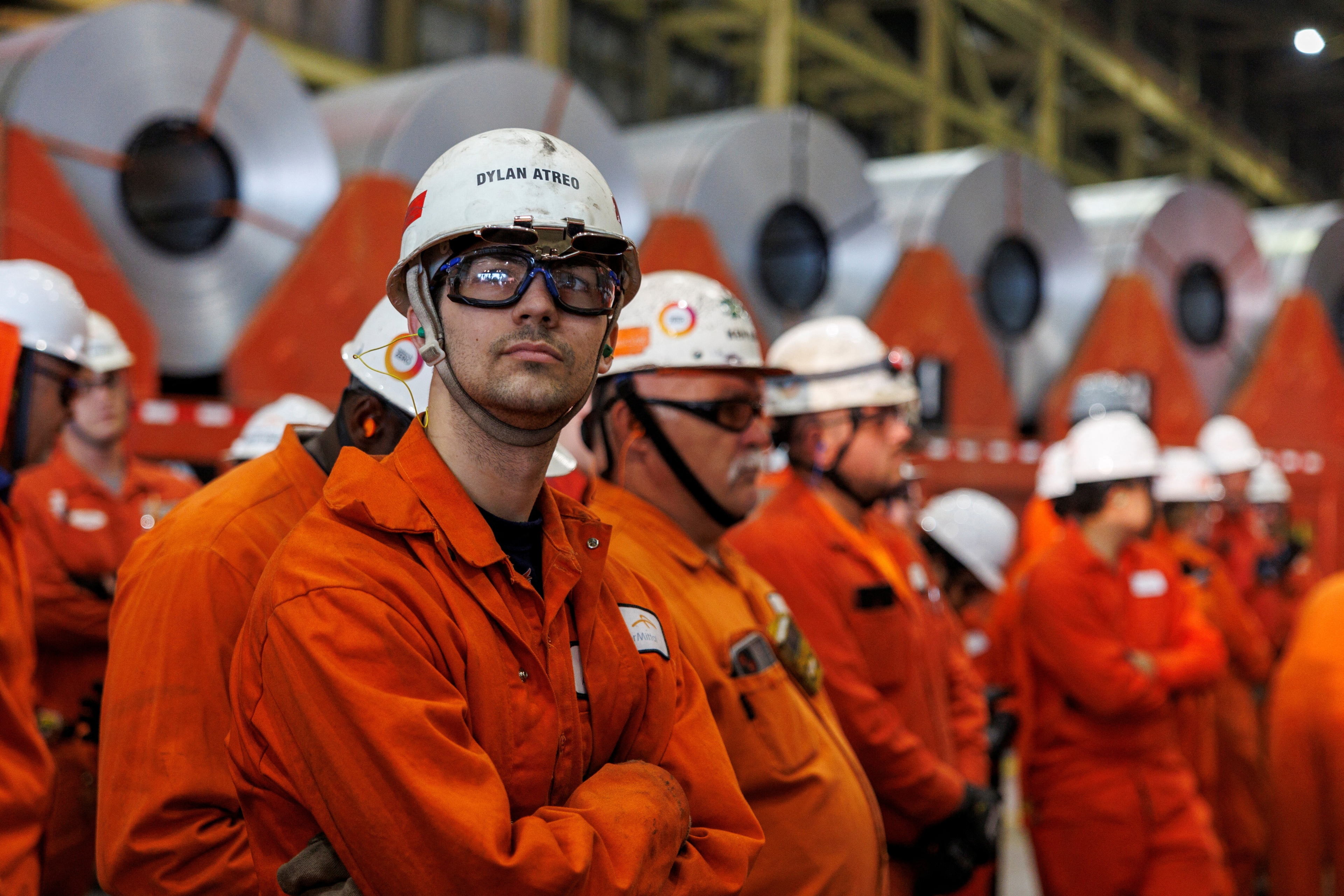Is this the biggest economic revolution in 250 years?

Stay up to date:
Future of the Environment
Imagine creating a $10 billion business renting property without using any energy, metal or other resources to build a single house? Increasing a company’s gross profit by 50% while reducing material use by 90%, all by recovering and remanufacturing used components? How about unlocking $1 billion in previously wasted value by transforming material management in manufacturing? Or using a country’s underutilized biomass resources to tap into an $80 billion market for advanced chemicals and energy?
Transitioning to the circular economy could be the biggest opportunity for improving how we organize production and consumption in the global economy since the dawn of the Industrial Revolution 250 years ago.
Powered by new business models, technologies and capabilities, the circular economy will be worth $4.5 trillion by 2030, according to research from Accenture Strategy. It is important that we continue creating an environment that supports and encourages this type of innovation, and adoption of circular economy models. Efforts are already being made. For example, The Circulars, an initiative of the World Economic Forum’s Young Global Leaders, aims to bring recognition to companies already embracing the circular economy.
Why do companies need encouragement when it comes to the circular economy? Because the opportunity may be clear, but making the shift isn’t that easy. Most companies are simply not built to capitalize on the opportunities offered. Operations are built on a “take, make, waste” linear model instead of a circular, “take, make, take, make” one.
The research identifies five primary circular business models which have proven to be successful and scalable:
- Circular supply chain
When a company needs resources that are scarce or environmentally destructive, it can either pay more or find alternative resources. The circular supply chain introduces fully renewable, recyclable or biodegradable materials that can be used in consecutive lifecycles to reduce costs and increase predictability and control. One example: CRAiLAR Technologies, a company that produces renewable biomass resources using flax and hemp to create fibres as good as cotton without the environmental impact.
- Recovery and recycling
The recovery and recycling model creates production and consumption systems in which everything that used to be considered waste is revived for other uses. Companies either recover end-of-life products to recapture and reuse valuable material, energy and components or they reclaim waste and by-products from a production process.
- Product life extension
Consumers discard products they no longer value – because the products are broken, out of fashion or no longer needed. But many of these products still hold considerable value, and the product life-extension model seeks to recapture it. By maintaining and improving products through repairs, upgrades, remanufacturing or remarketing, companies can keep them economically useful for as long as possible. This means shifting from merely selling things to actively keeping them alive and relevant. It also means moving customers from transactions to relationships, tailoring upgrades and alterations to specific needs. An example: through its refurbishment business, Dell Inc.Computers takes back old equipment and resells units when possible.
- Sharing platform
The sharing platform model is estimated to have created $17 billion companies and, assisted by new forms of digital technology, forges new relationships and business opportunities for consumers, companies and micro-entrepreneurs, who rent, share, swap or lend their idle goods. Fewer resources go into making products that are infrequently used, and consumers have a new way to both make and save money. Examples include Uber, Airbnb and Lyft, among a growing field.
- Product as a service
What if manufacturers and retailers bore the total cost of ownership? Many would immediately adjust their focus from volume sales to longevity, reliability and reusability. When consumers lease or pay for products through the product as a service model, the business model fundamentally shifts. Performance trumps volume, durability tops disposability, and companies have an opportunity to build new relationships with consumers. Philips is using “lighting as a service” to charge by output instead of unit sales.
Adoption of these five circular business models has grown substantially in the past decade, even if we are still at the foothill of a mountain of change. We must continue driving this change. The opportunities these circular principles present are too great to ignore, and the economic benefit too high to deny.
Click here and enter The Circulars by 30 September to qualify for the 2016 awards.
Author: Peter Lacy, Global Managing Director, Accenture Strategy, Accenture. Young Global Leader.
Image: Wayne Garrett of Canada makes final touches to his art installation “CLOUD”, made up of 5000 new and recycled lightbulbs, along the Marina Bay in Singapore March 5, 2014. REUTERS/Edgar Su
Don't miss any update on this topic
Create a free account and access your personalized content collection with our latest publications and analyses.
License and Republishing
World Economic Forum articles may be republished in accordance with the Creative Commons Attribution-NonCommercial-NoDerivatives 4.0 International Public License, and in accordance with our Terms of Use.
The views expressed in this article are those of the author alone and not the World Economic Forum.
Related topics:
Forum Stories newsletter
Bringing you weekly curated insights and analysis on the global issues that matter.
More on Economic GrowthSee all
Elizabeth Henderson and Daniel Murphy
August 8, 2025
Li Dongsheng
July 31, 2025
Charlotte Edmond
July 30, 2025
Naoko Tochibayashi
July 30, 2025
Matt Watters
July 29, 2025
David Elliott
July 28, 2025





